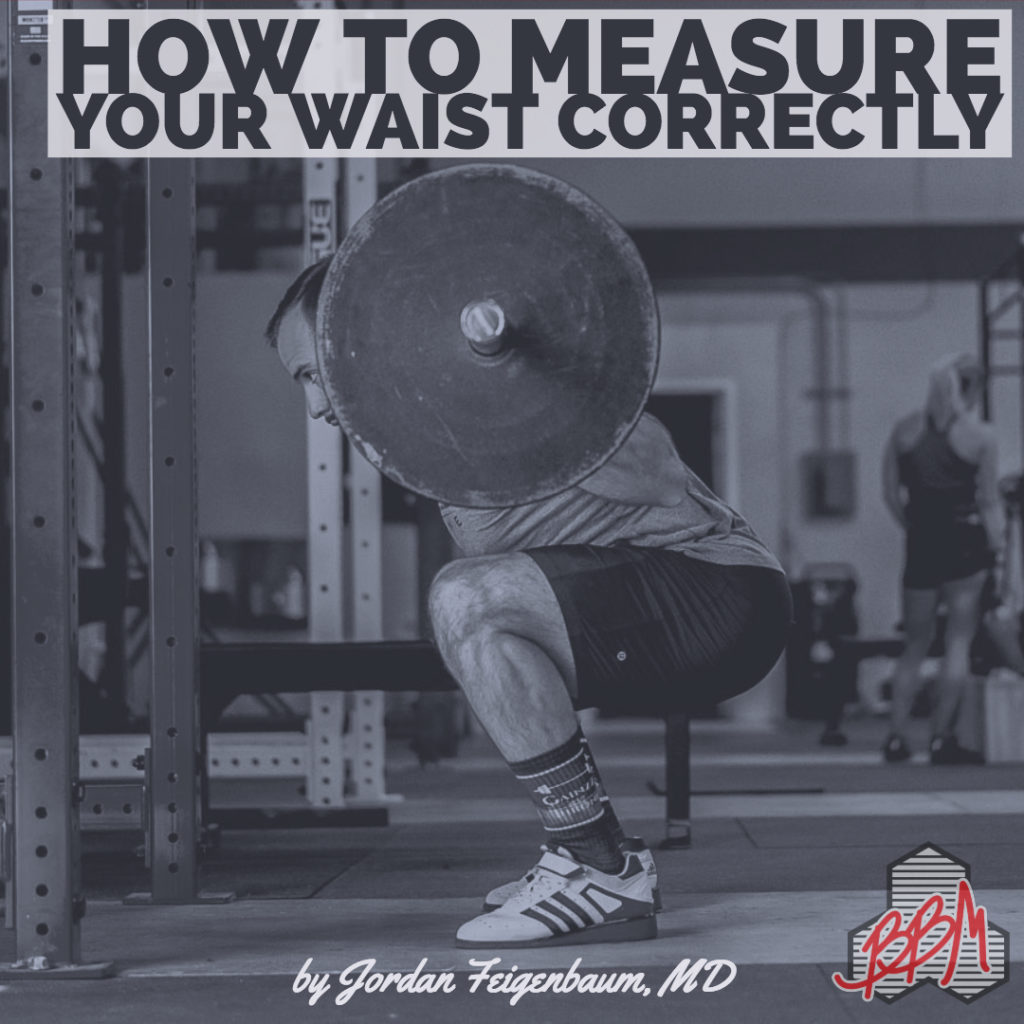
Strength Training for Endurance Athletes Part I: Injury Risk Reduction


It is important to note that the assumptions discussed in the last article are not arbitrary to the biomedical model, but legitimized through common sense in the context of a given research topic (32). A common-sense approach to nutrition, therefore, is one which can legitimize a modified approach to scientific inquiry into diet-disease relationships. Although […]

In the second part of this article series we discussed the utility, limitations, and misconceptions related to the prospective cohort design for nutrition science. As discussed in part I, the reductionist biomedical model and its gold standard randomized controlled trial (RCT) is ill-equipped for studying complex dietary patterns in a way that can effectively inform […]

In the first article in this series we discussed the history of nutrition science and traced its evolution alongside the biomedical model. We also introduced the discussion of nutritional epidemiology in comparison to the “gold standard” biomedical trial design: the randomized controlled trial. In this second article, we’ll discuss the utility, limitations, and misunderstandings about […]

To anyone versed in biomedicine, the so-called “hierarchy of evidence” is well-established and unquestioned. The randomized ,double-blind, placebo-controlled trial (RCT) is considered the gold standard trial design, because it offers the ability to randomly allocate a treatment, minimize potential sources of bias, and compare the exposure or intervention of interest to a placebo. There is absolutely […]

This article was originally published in September of 2014 as the first of four blog posts addressing The Principle of Specificity. Since then, the coaches at Barbell Medicine have learned a great deal more about the topic and felt that these posts deserved an update and expansion. We’ll be releasing the updated articles and corresponding YouTube videos […]

If you’ve been paying attention to our latest podcasts, articles, Q/A’s, and other content then you’ve likely heard us discuss the importance of waist circumference in determining who is a good candidate for weight gain and who could stand to lose a bit of weight. Waist circumference is a quick, low-cost piece of data with […]

I will spare you my lengthy back pain origin story and set the scene in 3 bullet points: It’s not a fun trip; I don’t suggest it. But if you’re already on it, hopefully learning from my experience can help to make yours a more pleasant one. Who knows, you might even be able to […]

Introduction Regular followers are likely familiar with our interest in a “biopsychosocial” approach to both training and injury, particularly the modifiable psychological factors that can have significant effects on performance, recovery, and subsequent adaptation. One important phenomenon we discuss frequently in the context of acute injury and persistent pain is catastrophizing. Catastrophizing is a complex […]

Note: We published this protocol in the Barbell Medicine newsletter in March of 2018, but have since added some additional context, explanation, and recommendations for this intervention. Be sure and sign up for our newsletter to stay up to date on all the latest content! A novice lifter is someone who can add weight to […]